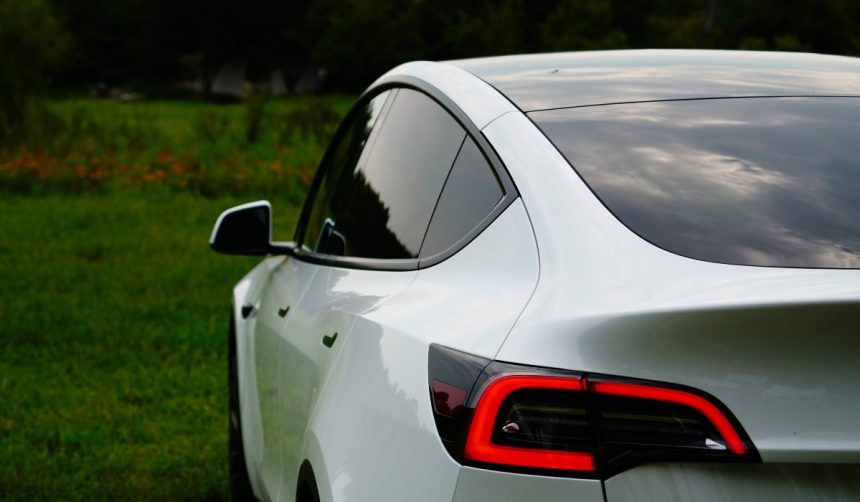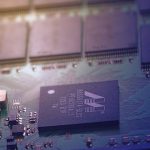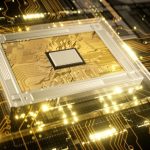Tesla is making headlines once again as CEO Elon Musk outlines the forthcoming release of a significantly updated Full Self-Driving (FSD) suite, drawing attention across the automotive and tech industries. Speculation is rising over the technical advancements and practical implications of such a leap in self-driving technology. The anticipated upgrade has sparked conversations about the balance between technical innovation, real-world safety, and regulatory scrutiny in autonomous vehicle development. With consumer interest and regulatory standards evolving, Tesla’s efforts may influence broader adoption of driver-assistance technologies worldwide.
Previous discussions about Tesla’s FSD suite centered on incremental software improvements and safety monitoring, particularly in pilot deployments like Austin’s Robotaxi platform. Earlier versions required close human supervision and faced skepticism regarding scalability. Earlier updates did not promise a tenfold increase in model parameters or a major leap in video compression efficiency. This upcoming release, therefore, marks a notable distinction from earlier announcements in terms of both scale and ambition, specifically regarding technical complexity and aspirations for unsupervised operation.
Tesla Prepares Substantial Update to FSD System
Elon Musk announced that Tesla is training a new FSD model with around ten times the parameters of the current release, with noted improvements to video compression loss. This could mark a step forward in how Tesla vehicles interpret and respond to real-world driving conditions.
“Tesla is training a new FSD model with ~10X params and a big improvement to video compression loss.”
The proposed update has been under internal evaluation as part of ongoing efforts to refine the safety and accuracy of the FSD suite.
What Challenges May Affect Release Timing?
While increasing the number of model parameters can enhance machine learning performance, it also poses hardware limitations, particularly related to memory bandwidth. Musk noted that balancing the model’s complexity with available computing resources remains a technical challenge. However, he expressed optimism about overcoming these hurdles, estimating a public release by the end of next month if current testing phases proceed smoothly.
“Probably ready for public release end of next month if testing goes well.”
Could Expanded FSD Suite Reach New Markets?
As Tesla improves the FSD suite, the company is eyeing expansion into international markets, including Europe and Asia. Despite technological progress, regulatory approval continues to be the primary bottleneck for broader deployment. Gathering more operational data could bolster Tesla’s safety credentials and readiness for wider market entry, though the timeline remains dependent on regulatory environments as much as technical achievements.
The contemplated update to Tesla’s FSD suite represents a notable escalation in the company’s approach to autonomous driving technology. Unlike prior incremental upgrades, this version aims for a dramatic jump in processing capacity and potential autonomy. As seen in earlier pilot programs, issues surrounding safety oversight and regulatory acceptance persist, making their resolution just as important as technical refinement. Observing how Tesla addresses these multifaceted challenges—balancing hardware constraints, international regulations, and safety validation—will be key for anyone following the evolution of automotive autonomy in both established and new markets.










